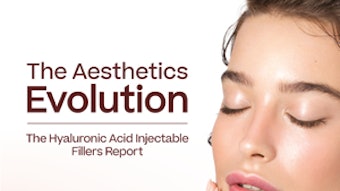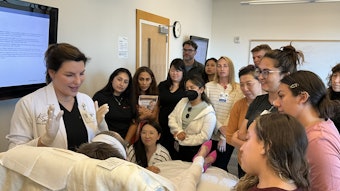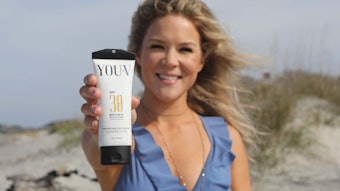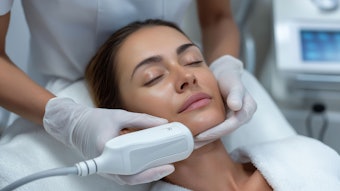
CeraVe and L'Oréal Groupe have received the Applied Research Award at the 35th International Federation of Societies of Cosmetic Chemists (IFSCC) Congress for their breakthrough in advancing scalp barrier science and understanding dandruff. The IFSCC Congress, held annually, is recognized as the most prestigious international global event in cosmetic science, showcasing cutting-edge scientific advancements in the field.
"Receiving the IFSCC Applied Research Award is a testament to our joint commitment to scientific innovation and understanding the intricate biology of skin and scalp barrier health," said Gene Colón, Global Senior Vice President, Medical Affairs & Communications for CeraVe at L'Oréal.
Their collaborative study on scalp biology—the first of its kind—compared dandruff-affected scalps with healthy scalps from over 200 participants. While previous studies looked at scalp microbiome in a global population, their new study goes deeper, examining the differences in scalp health across ethnicities, underscoring the need for diverse, personalized treatment approaches in scalp care. Altogether, the study assessed the clinical symptoms, ceramide profiles, microbiome composition and inflammatory markers of dandruff-affected and non-affected scalps. Their research marks the most comprehensive picture of dandruff pathophysiology to date.
Colón adds that "this game-changing research moves beyond the traditional view of dandruff to highlight the role of ceramide deficiency and scalp barrier dysfunction, the critical bacterial component and the impact of ethnicity. It significantly expands our scientific understanding, rooted in our foundational ceramide science, offering new perspectives and possibilities for future innovations."
Key discoveries include:
- Bacterial drivers: Staphylococcus aureus (S. aureus) and Staphylococcus capitis (S. capitis)—two types of bacteria commonly found on the skin—were consistently more abundant in dandruff across all ethnicities.
- Strong S. aureus link: A significant positive correlation was identified between S. aureus abundance and dandruff presence and severity.
- Virulence factors: Dandruff scalps showed significantly higher virulence factor (VF) gene levels, particularly in Latin/Hispanic and Asian American groups, with many VFs previously linked to S. aureus pathogenicity.
- Ethnic variations: Malassezia levels were higher in dandruff across all ethnic groups except Asian Americans, and Malassezia globosa, one of the most prevalent species associated with scalp health, was prevalent on healthy scalps in all populations.
Qian Zheng, Ph.D., Senior Vice President of Advanced Research for North America and Global Head for Regenerative Beauty at L'Oréal Groupe, adds, "Integrating microbiome research with barrier biology through an inclusive lens, our teams are pioneering new approaches to scalp care—translating deep biological insights into targeted, effective solutions for consumers around the world."











